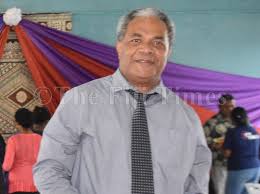THE number of leprosy cases in Fiji has remained stable, with the Ministry of Health reporting between four and ten cases annually.
According to Tamavua Medical Superintendent, Dr Mike Kama leprosy hotspots are primarily located in Fiji’s maritime islands, including Lau and the Yasawa.
These areas have historically been associated with the disease, dating back to its initial emergence in the country.
“So when leprosy started, it started from those islands, and most times those continue to be hotspot communities,” Dr Kama said.
He highlighted the long incubation period of leprosy, which can range from 10 to 20 years, with some cases being diagnosed as late as 22 years after initial transmission.
This extended timeframe poses challenges in identifying and managing the disease within communities.
“They can be in the community amongst children, and if transmitted to children, the children may become infectious but not show any symptoms until decades later.”
To address these challenges, the Ministry of Health follows World Health Organization (WHO) guidelines for leprosy management.
Dr Kama said the ministry has mapped out hotspot areas based on historical records, some of which date back 40 years.
However, not all records have been retained, complicating efforts to track the disease’s full reach.
“So wherever there is one case from 20 or 40 years ago, the geographical origin of that case is what we have considered a hotspot.
“Every five to ten years, our team goes back to these spots to conduct screenings.
“But we can’t always estimate when symptoms will appear.”



